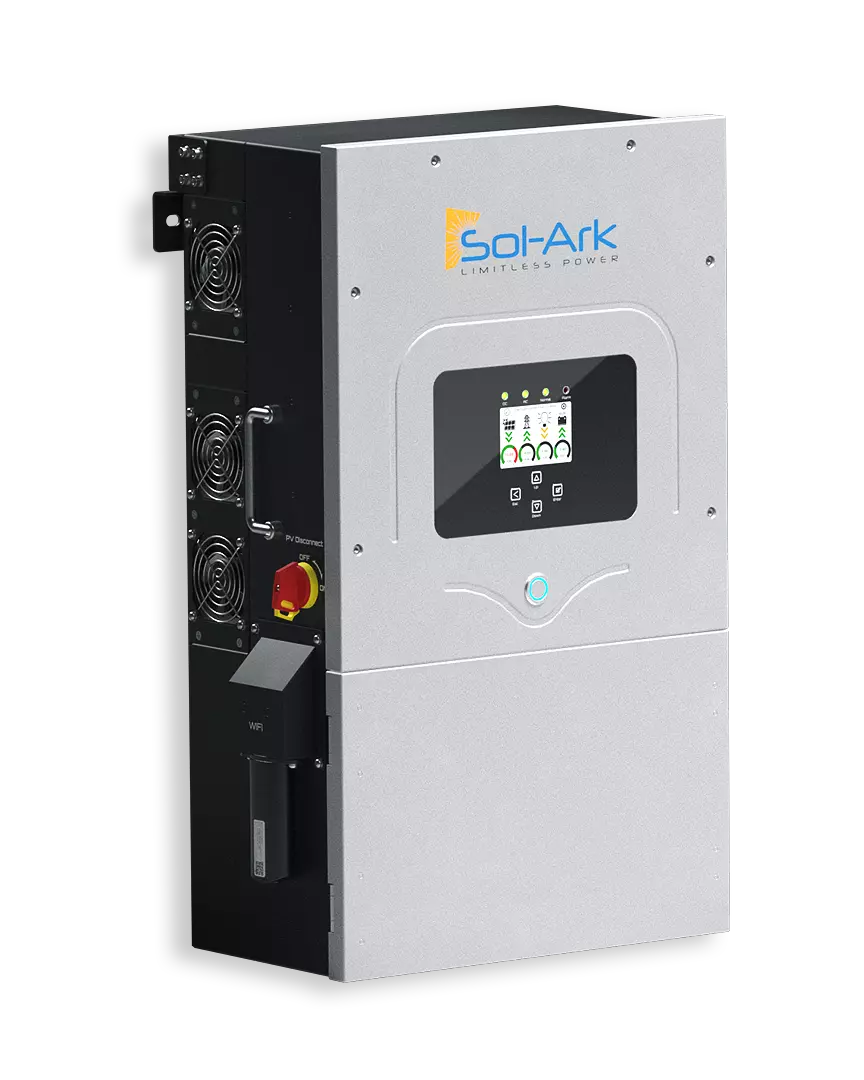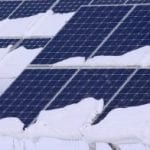cyberwombat
New Member
So my solar array will need to be 150 or so feet from cabin. I'm trying to figure out what the most cost effective solution will be. My system will look like:
- 4 x 270Ah 12V LioFePO4 Batteries
- SA-8K-N Inverter/Charger, Sol-Ark 8K 120/240V-3P
- 24 x 200W 24V PV
Link to SolArk

 www.sol-ark.com
www.sol-ark.com
My house will only need 120 but I need to run cable. I use 40ft solar cables now so can perhaps shorten distance to 100-120. Does it make more sense to keep at 240 coming from Sol-Ark and then step down to 120 or just stay at 120. Not totally sure what size cable I am dealing with yet for this - getting a little conflicting info on NEC codes etc. Ive been looking at step down transformers and they seem pretty affordable but perhaps the extra complexity doesn't make sense?
- 4 x 270Ah 12V LioFePO4 Batteries
- SA-8K-N Inverter/Charger, Sol-Ark 8K 120/240V-3P
- 24 x 200W 24V PV
Link to SolArk

Sol-Ark 8K All-In-One
Sol-Ark® 8K-2P solar hybrid inverter is a powerful personal power plant that is scalable, plug-n-play, and a reliable home backup. Learn more.
 www.sol-ark.com
www.sol-ark.com
My house will only need 120 but I need to run cable. I use 40ft solar cables now so can perhaps shorten distance to 100-120. Does it make more sense to keep at 240 coming from Sol-Ark and then step down to 120 or just stay at 120. Not totally sure what size cable I am dealing with yet for this - getting a little conflicting info on NEC codes etc. Ive been looking at step down transformers and they seem pretty affordable but perhaps the extra complexity doesn't make sense?




